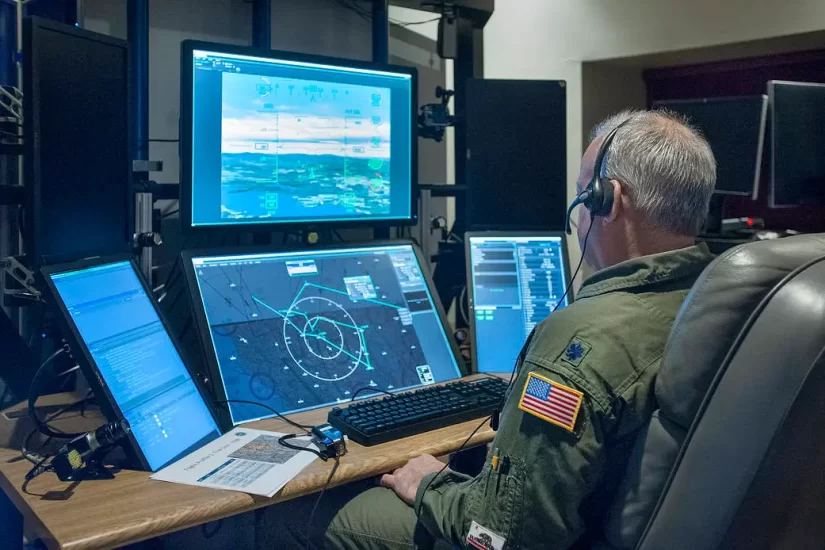NASA has provided an update on its Air Traffic Management-eXploration Project, or ATM-X. The project looks at integrating new types of aircraft such as uncrewed aerial systems (UAS) as well as advanced air mobility (AAM) and urban air mobility (UAM) operations. ATM-X is also examining the case for improving and scaling up emergency rescue operations with the help of UAS.
In a May 28 NASA podcast, the agency’s Supreet Kaur and Gita Hodell shared their thoughts regarding the goals of ATM-X and what the future of air travel could look like. Kaur serves as the ATM-X systems engineering and integration lead at NASA’s Ames Research Center in Silicon Valley. Hodell is the public operator integration lead under the ATM-X Project’s uncrewed traffic management (UTM) unit.
“NASA actually developed the UTM concept over the last decade, and we’ve already conducted a whole bunch of flight tests and demonstrations with our partners,” Hodell said. “And then around 2023 it was like, ‘Okay, no more flight tests. Let’s actually do this, and let’s start using UTM in the real world.’”
Hodell said beyond visual line of sight (BVLOS) is the “new frontier” for drone operations. “If we can get that right, then we’re going to see drones scale up quite a bit.”
The list of applications is enormous for public safety operations in particular, which was apparent as far back as 10-15, years ago, Hodell explained. “Public safety has been using drones for a long time. They’re absolute power users of drones, and so any company that is looking to do drone delivery services in a community, they really need to make sure that they’re not interfering with emergency first responder missions. It’s incredibly important that as the UTM ecosystem evolves, both commercial and public safety groups are included because they operate in very different ways, and each of their unique needs has to be met in order for this thing to work.”
Hodell said there needs to be a prioritisation structure that’s baked into the software that says, if you are responding to an emergency call, you have priority over the airspace, over someone else who has a lower priority.
Kaur said the ATM-X team has a busy year ahead. “We have multiple major simulations and flight tests coming up, and with our commercial partners, we’ll be diving deeper into several research areas. So, we’re looking at improving operational efficiency at major airports, so reducing delays and the implied costs that come with those delays. Small UAS operations and use cases, so using drones for package or medical delivery and emergency response. We’re also looking at autonomous aircraft operations with our partners out of California and Texas.”
The team will be looking at how best to enable digital information exchange and detect and avoid technology using sensors and machine learning algorithms. The project will also examine the ‘etiquette’ for new entrants in airspace below 400 feet, for drone use cases, as well as Upper Class E 60,000 feet and above for use cases around telecommunication and perhaps environmental monitoring and emergency wildfire response.
“We’re covering a very wide range in depth,” Kaur said. “The challenge now is integrating everything, getting everything to work in harmony, the interoperability.”
For more information
Image: NASA




